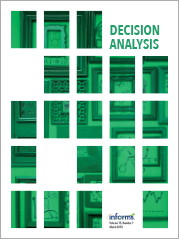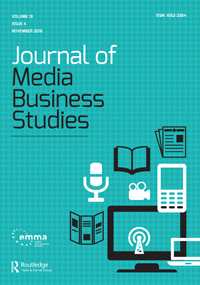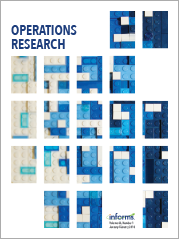
Veröffentlichung
Siebert, Johannes U. “Can Novices Create Alternatives of the Same Quality as Experts?”, Decision Analysis (INFORMS) 2016, 13(4), 278-291, https://doi.org/10.1287/deca.2016.0339
The quality of alternatives is crucial for making good decisions. The process of generating high-quality alternatives can be enhanced by using decision makers’ objectives as prompts. This paper examines empirically the impact and interrelation of experience and the prompting with objectives on decision makers’ ability to create alternatives for an important decision. The study confirms with high significance that both experience and prompting with objectives enhance the quality of alternatives. We are able to show that all participants, irrespective of their experience, enhance the quality of their alternatives when they are prompted with objectives; i.e., the relationship between being prompted with objectives and the quality of alternatives is not moderated by experience. In contrast to gaining experience, prompting a participant with objectives can be utilized immediately without a long learning phase and is able to substitute for experience in certain decision contexts. Furthermore, we analyze how prompting with objectives affects the creation of alternatives. We find evidence that the relation between being prompted with objectives and the quality of alternatives is partially mediated by the number of objectives considered while creating alternatives.




